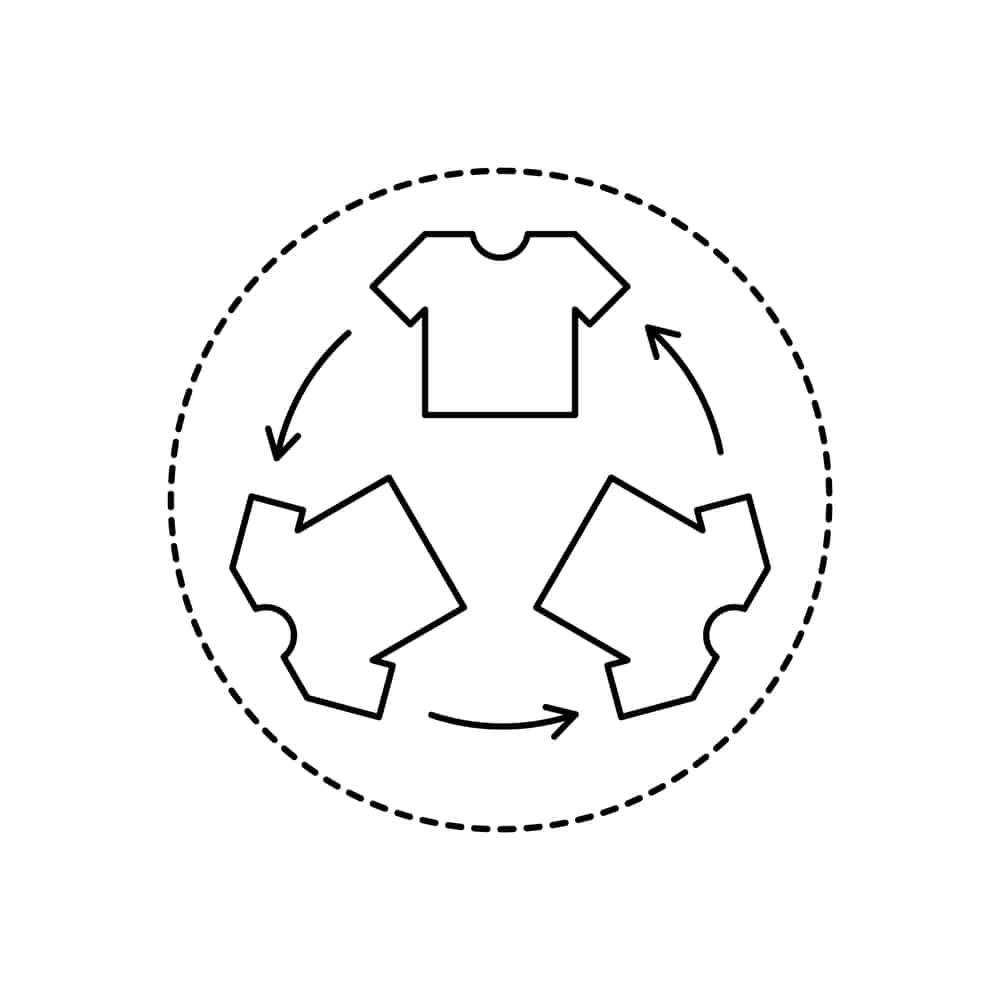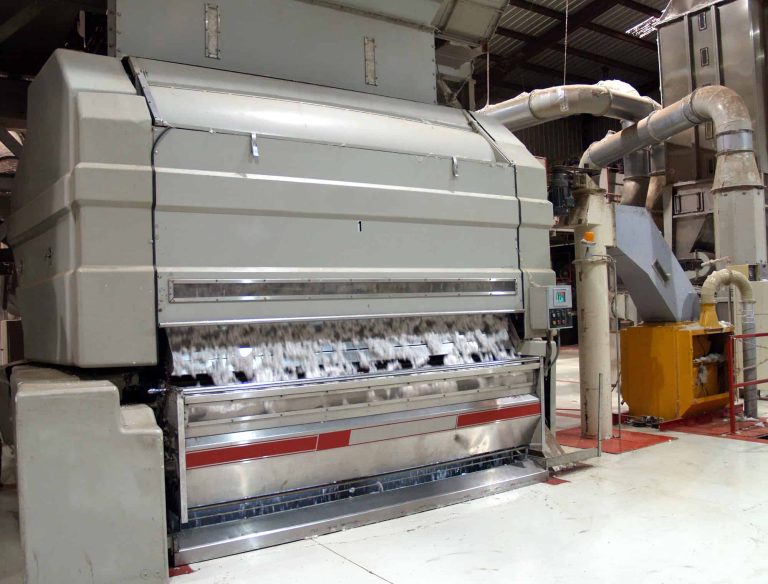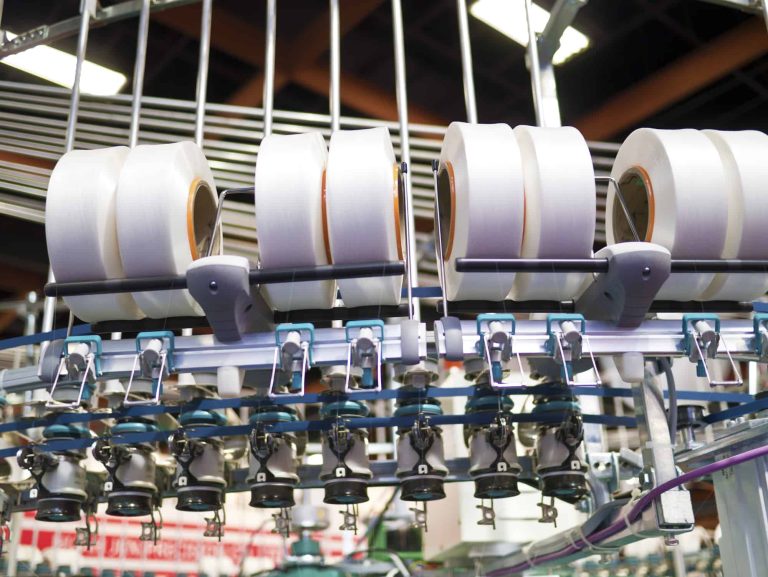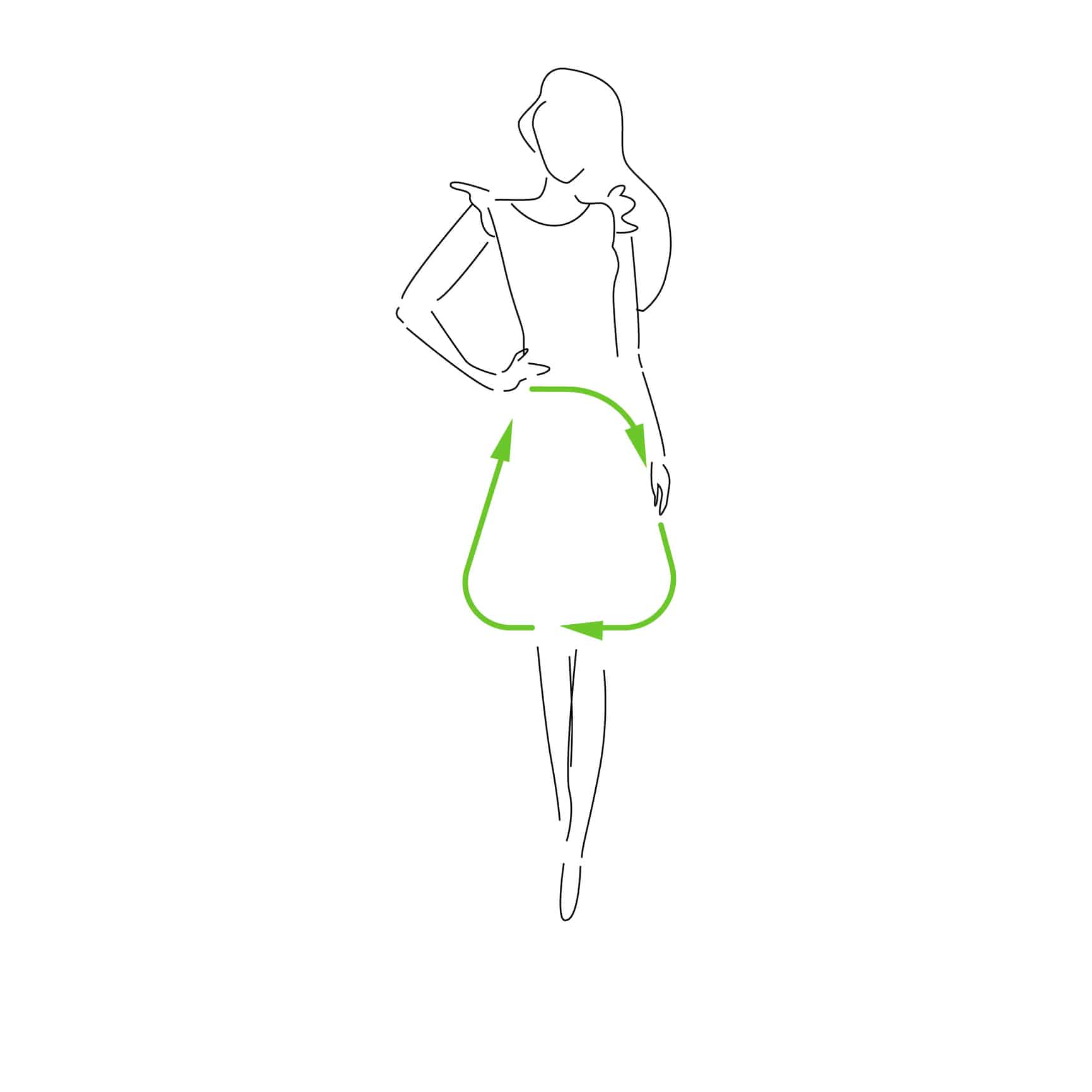In the 21st century, humans seem to be finally realising that our actions have irreversible consequences. For example, the earth’s temperature is rising due to the greenhouse effects, glaciers are melting, and sea levels are rising. We have witnessed numerous floods and an overall change in the climate. These circumstances are pushing world leaders and stakeholders to unite and develop policies to make our planet liveable for future generations.
These policies cover every sector one can think of. What this means is sustainability touches every sector. However, different sectors have different standards through which they incorporate sustainability. Similarly, textiles have a set of standards and policies through which sustainability should be followed in the textile and clothing industries. Here, we will discuss the context in which sustainability is used in the textile industry.
First, let’s start by digging into the term sustainability. Have you ever noticed how some people claim that decades ago they had cleaner air to breathe in and bearable temperatures? One would think, why is that. Well, because intentionally or unintentionally, they were leading a more sustainable way of life. However, it all changed with time, thanks to industrialisation and scientific advancement. We started to adopt a faster way of life. To make our life easier and better in the present, we began to forget to plan for the future. The number of cars increased, the use of non-renewable energy reached an all-time high, and industrialisation happened exponentially. The world has now started recognising the challenges created by this, and the concept of sustainability started to make rounds.
Sustainability translates into fulfilling the present’s needs without risking the future. It has to be done by providing social justice, economic stability, and environmental protection for our planet. Every step towards a safe future can count as a sustainable practice. Systematic changes have more impact than individual practices, but every small act is supposed to have an effect.

Environment sustainability means safeguarding the ecology of our whole planet. It also includes marine life and ensures non-renewable energy is only used where an alternative doesn’t exist.
Economic sustainability suggests that every human globally has access to enough resources to fulfil their needs as they want. The economic systems remain intact, so everyone’s financial situation remains stable.
Social sustainability is meant to secure humans’ fundamental rights without discrimination. It focuses on society and aims for a healthy and happy community.
Now let us have a look into the context of sustainability in textile.
Here we will discuss how sustainability is applied to different parts of the textile industry. The industrial textile processes start at ginning. First, note it is difficult to have one meaning of sustainability in textile. Even in an operation as simple as ginning, it can have a somewhat different sense in different ginning industries. For example:
The sustainability goal of a private ginning unit owner is to have the right amount or enough cotton for ginning so that it can bring in profits and cover the investment amount in as shorter a period as possible. Economic sustainability has historically been private organisations’ primary objective, sometimes to the detriment of environmental and social responsibility. As financial incentives increase for socially and environmentally positive processes either via legislation or customer demand, we are starting to a shift towards sustainable processes that focus on these areas.
When the government owns a ginning unit, it will be responsible for losses and profits. However, as far as the workers of the ginning unit are concerned, they have a social security system. The industry is government-supported and gets enough finances to operate without any hassles or breaks.
However, a few common factors are supposed to be looked after for the sustainability of every ginning unit. Such as:

After ginning, the cotton bales are sent to spinning to be transformed into yarns. Spinning units have large machinery setups and consume significant amounts of power. They need a substantial amount of capital investment. The spinning industries incorporate the following steps toward economic and environmental sustainability.
In spinning mills, machines and processes must be kept under constant detailed supervision. This is to see where improvements can be made. If the machinery and its operations are optimised continually, these marginal gains add up. It could enhance the quality of yarn, the utilisation of the raw material, and improve profits. Optimisation requires a detailed analysis of the spinning units but once it becomes part of a process; it will save energy, produce less waste, and keep manual processes to a minimum.
The old machinery in textile, as in everyday life, works acceptably; however, if sustainability is the goal, then new and upgraded machinery should be used where possible when new more environmentally efficient machinery becomes available. There are two options for this: the first is to change the machinery entirely, and the second is to upgrade old machinery where it can be done. Both options aim to increase the output with lower power consumption and reduced workforce. However, there will always be the balance of affording to invest in more efficient machinery while maintaining a profitable business.

Fabric and Apparel production are the two main final stages of the textile end product. Multiple processes are involved here to yield a product demanded by the consumers. Multiple problems occur during this stage, for example, the stoppage of machinery due to breakage of yarn, machine power consumption, and producing a quality end product/fabric.
All these problems are interlinked. If the yarn breaks more often, it means more yarn consumption and frequent machinery stoppages that lead to excess power consumption, excess waste and poor quality product. So, in fabric production, sustainability would suggest using a good quality yarn to lower the wastages and power consumption for producing better quality products, and earning good profits.
In textile wet processing, there is major consumption of fresh water compared to any other step in the textile processing value chain. The fabric is treated with different washing and whitening agents to make it look whiter and brighter. In the second stage, the fabric is either dyed or printed. The use of water in this process is extensive and the factories must install wastewater treatment plants before discharging the effluent into the water stream and rivers which ultimately end up in the sea. If the effluent water is not treated it will adversely affect the marine life along coastlines.
Once the fabric is processed, it is sent to the apparel production units. Along with power consumption, the biggest problem of these units is the wastage that is produced during the cutting of fabric. This wastage must be utilised smartly; otherwise, it ends up in landfills. Recycling is one and most effective solution that textile industries use to minimise this waste. The post-industrial waste and pre-industrial waste are quite common in textiles now. Both wastes are recycled efficiently to be used in the industry again.
And as for the optimisation of power consumption of machinery, analyses are carried out to bring out the best possible solutions.
Going through the processes described above, we can conclude that sustainability differs for each business sector. It can be seen how it is applied differently in different stages of textile production. Despite the hurdles in accommodating the concept of sustainability, the textile sector is still adapting to and improving. The industry has set standards for a safe and secure future.
If the sustainability protocols continue being followed with consistency and standard keep improving, then it’s not so far into the future that we will start seeing a related knock-on positive impact on the environment.
| Cookie | Duration | Description |
|---|---|---|
| cookielawinfo-checbox-analytics | 11 months | This cookie is set by GDPR Cookie Consent plugin. The cookie is used to store the user consent for the cookies in the category "Analytics". |
| cookielawinfo-checbox-functional | 11 months | The cookie is set by GDPR cookie consent to record the user consent for the cookies in the category "Functional". |
| cookielawinfo-checbox-others | 11 months | This cookie is set by GDPR Cookie Consent plugin. The cookie is used to store the user consent for the cookies in the category "Other. |
| cookielawinfo-checkbox-necessary | 11 months | This cookie is set by GDPR Cookie Consent plugin. The cookies is used to store the user consent for the cookies in the category "Necessary". |
| cookielawinfo-checkbox-performance | 11 months | This cookie is set by GDPR Cookie Consent plugin. The cookie is used to store the user consent for the cookies in the category "Performance". |
| viewed_cookie_policy | 11 months | The cookie is set by the GDPR Cookie Consent plugin and is used to store whether or not user has consented to the use of cookies. It does not store any personal data. |
Create your free account and begin your sustainability journey.

